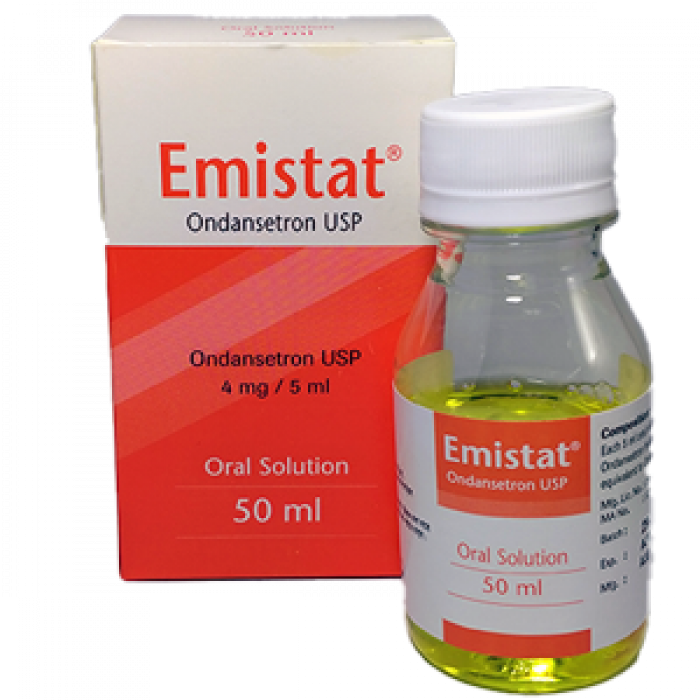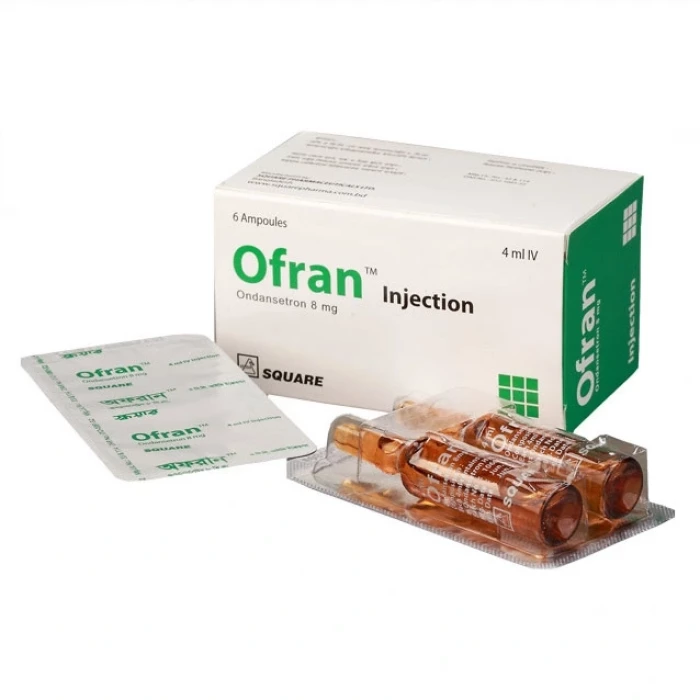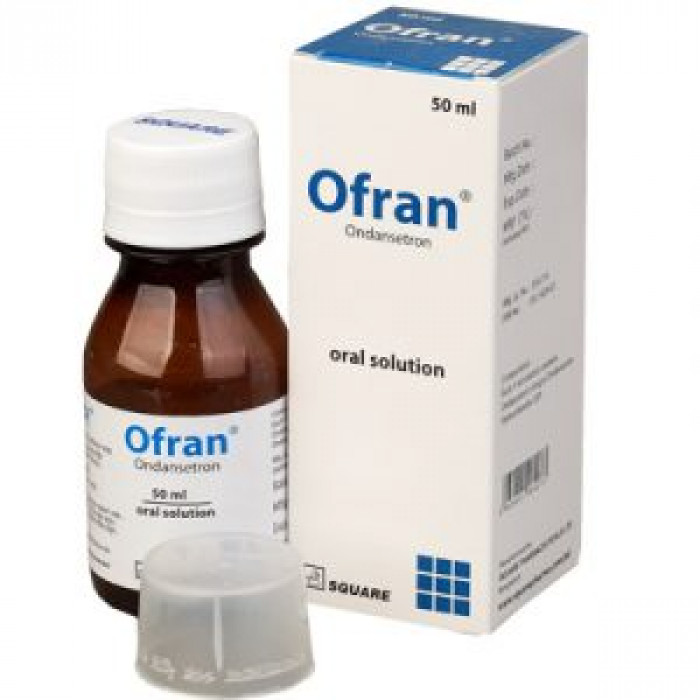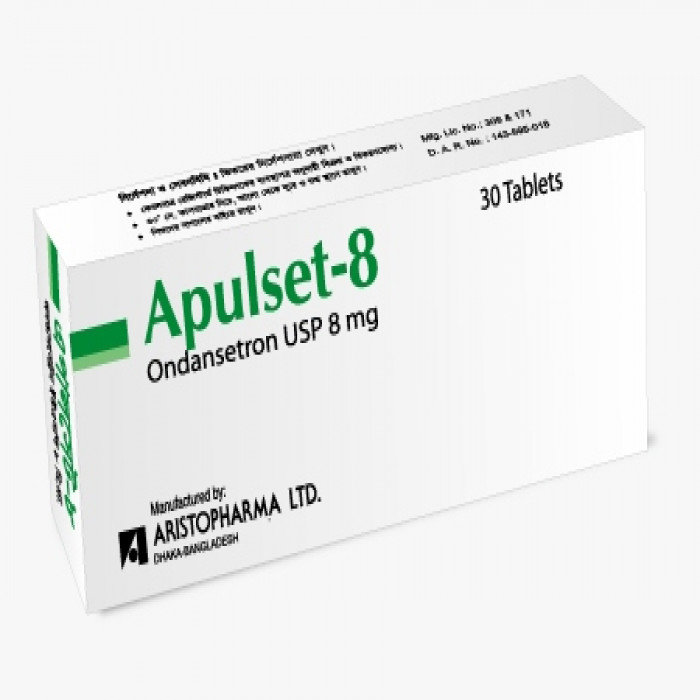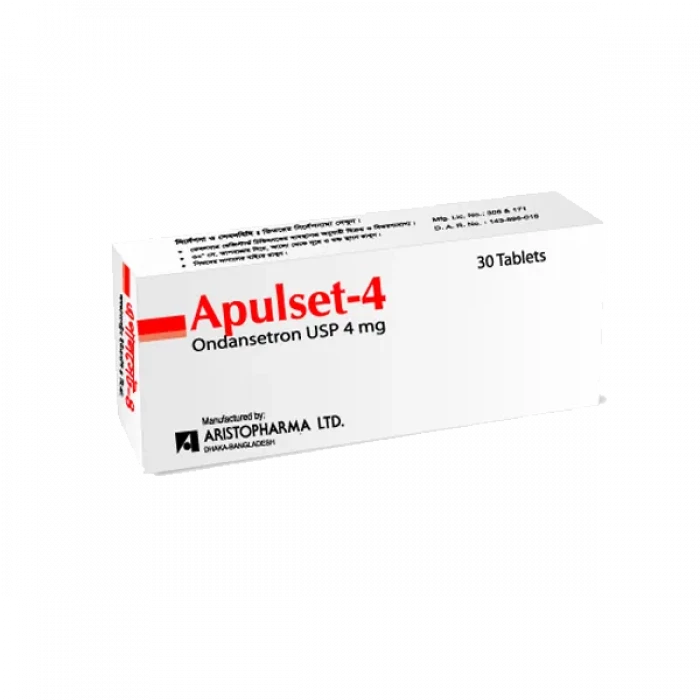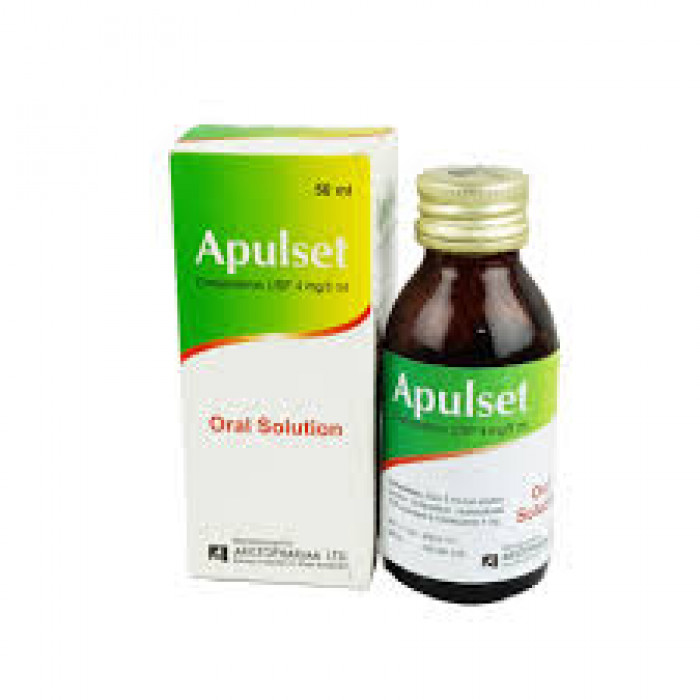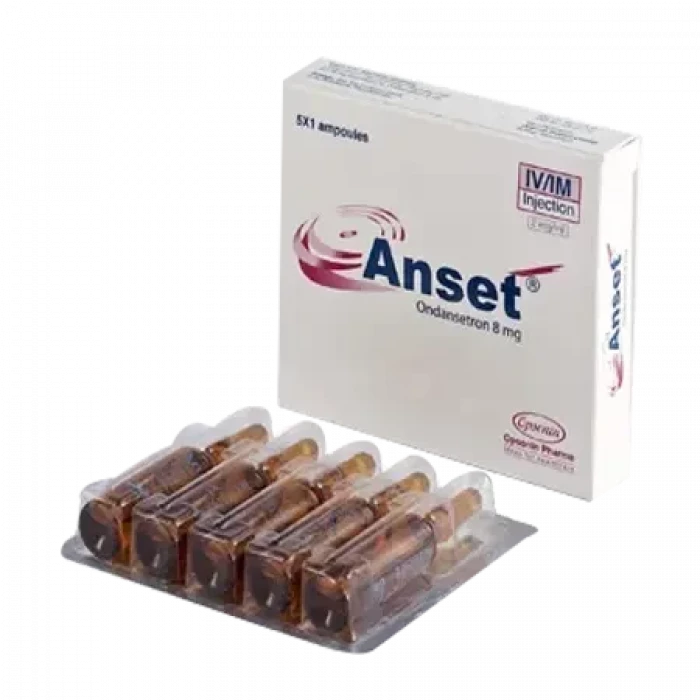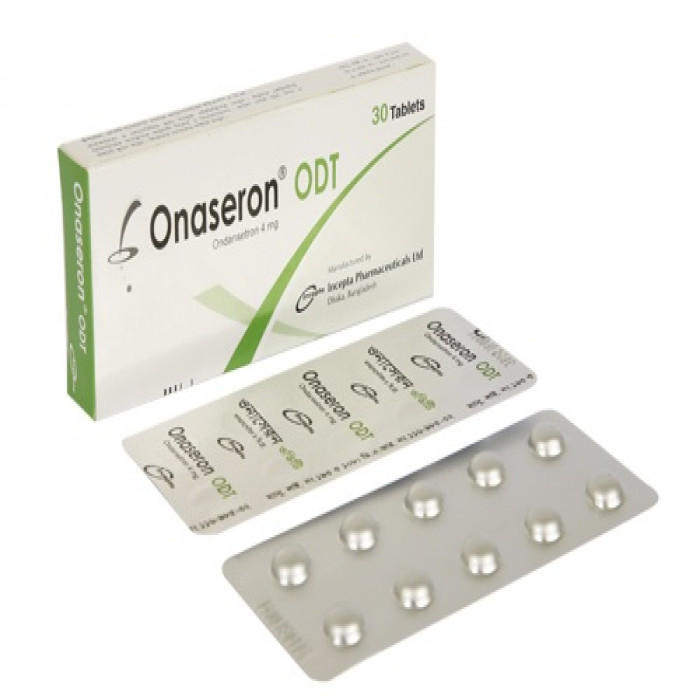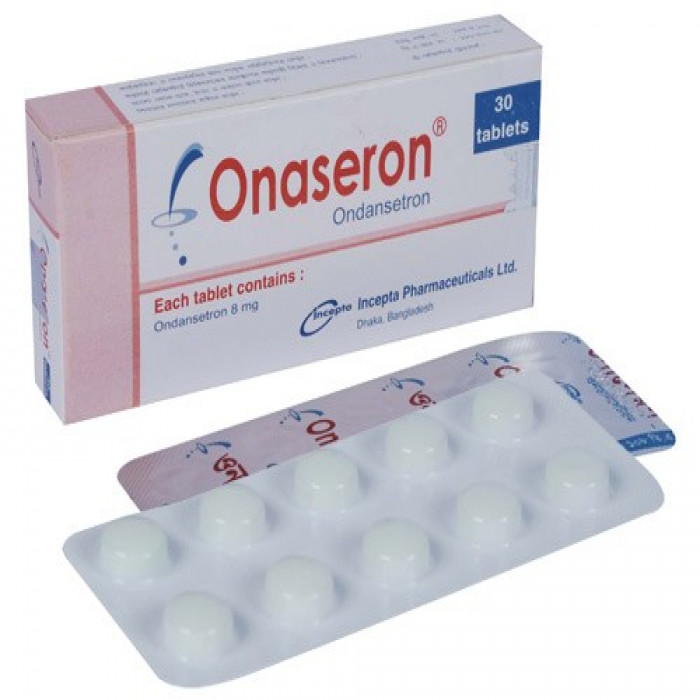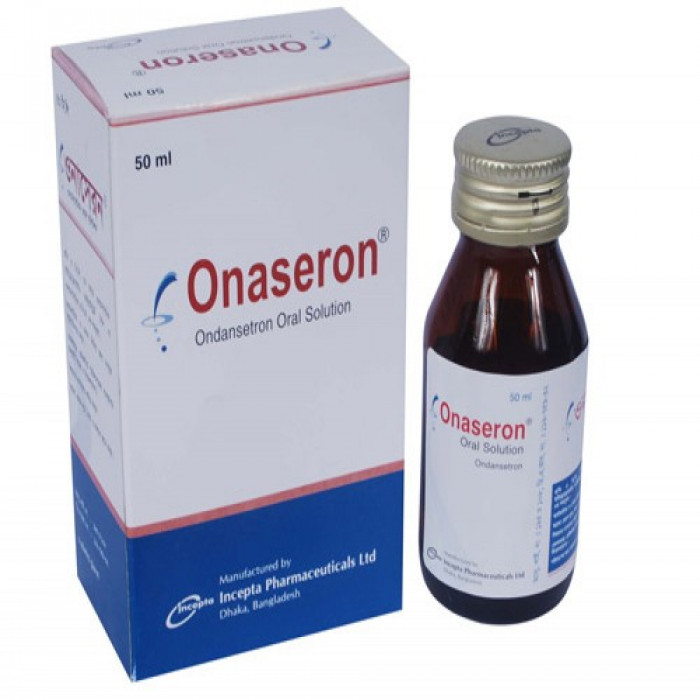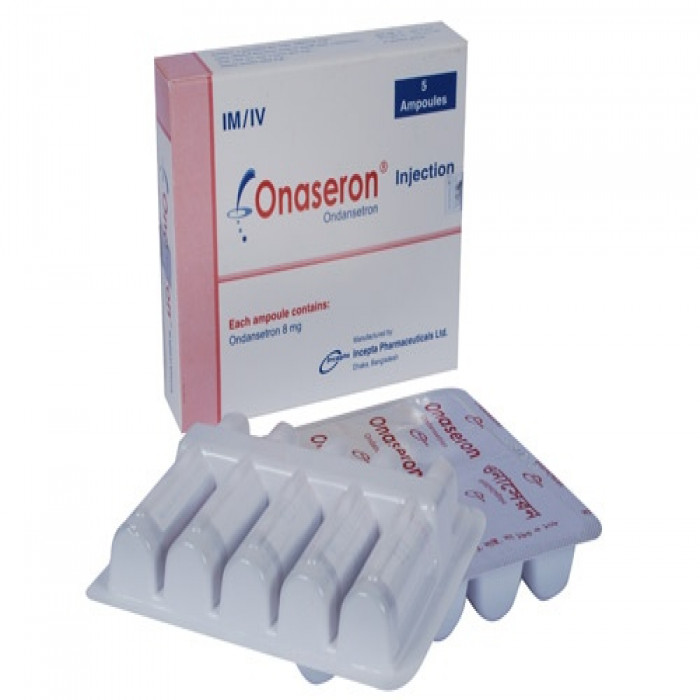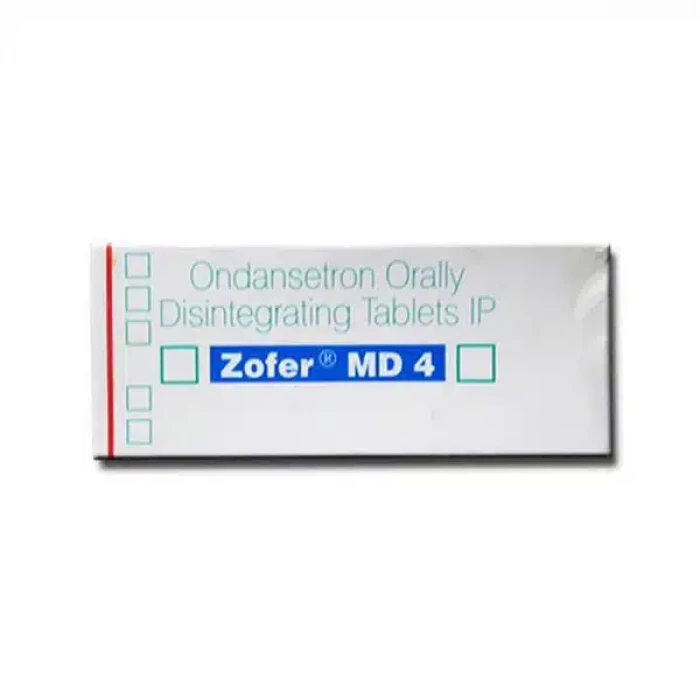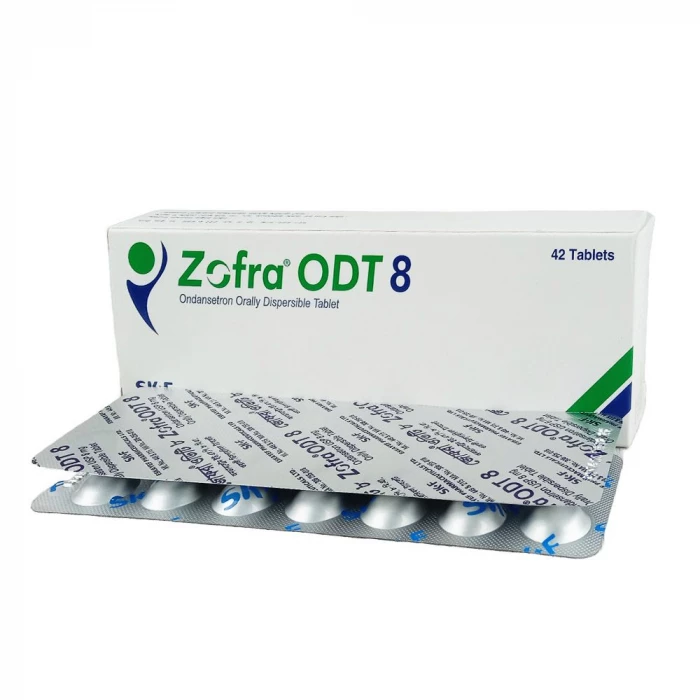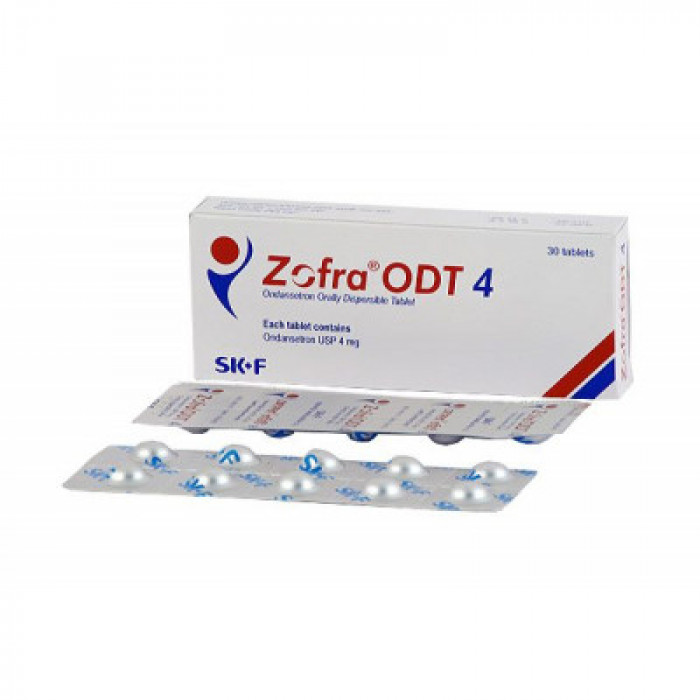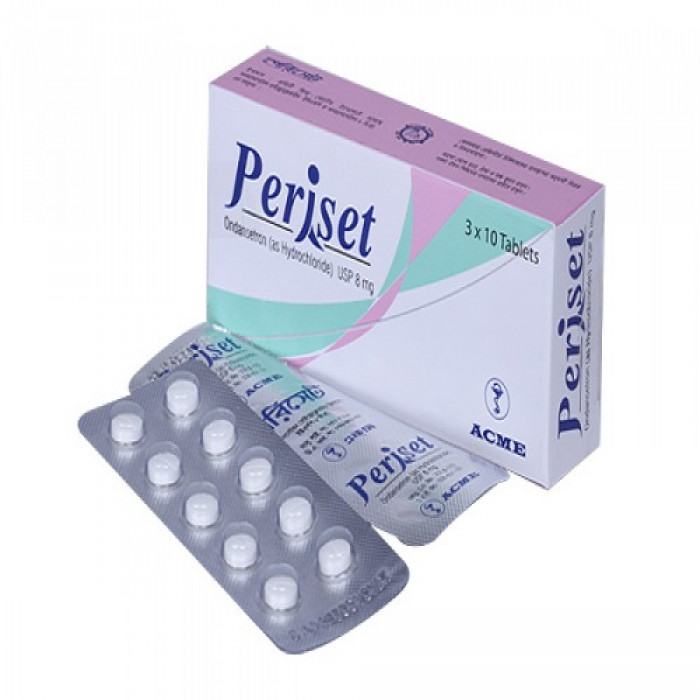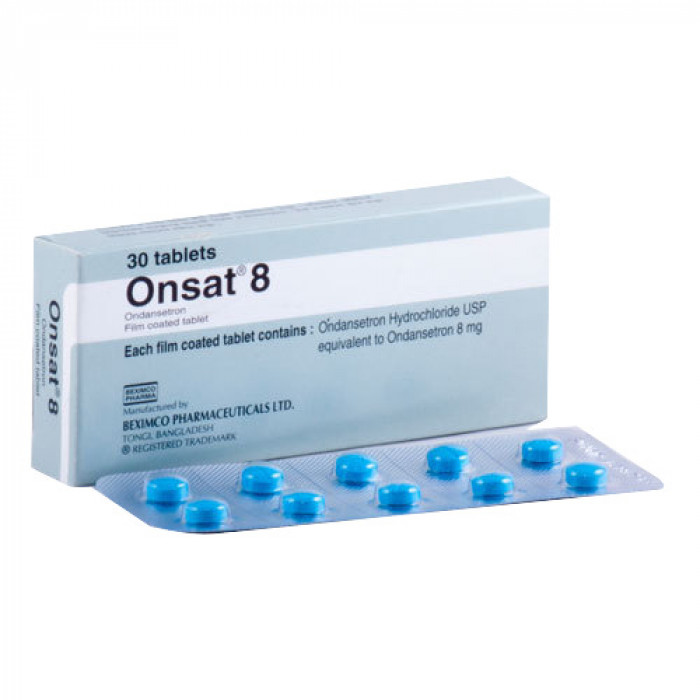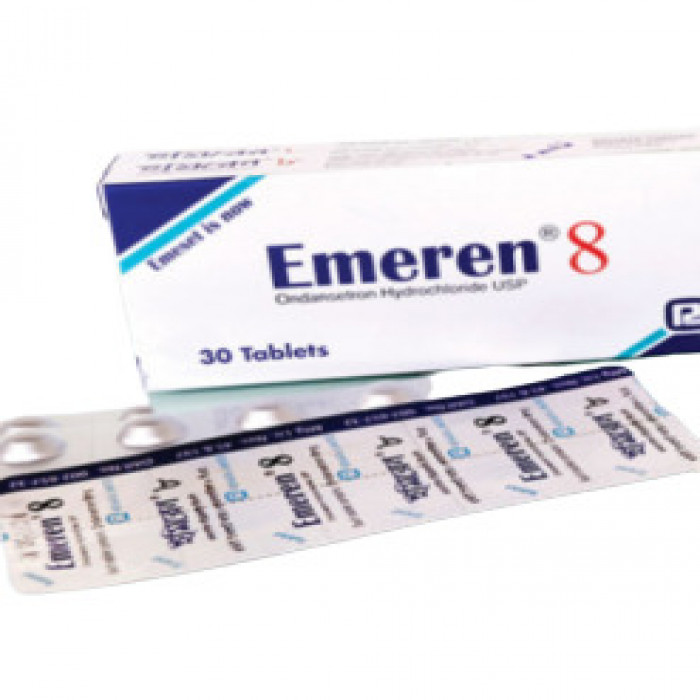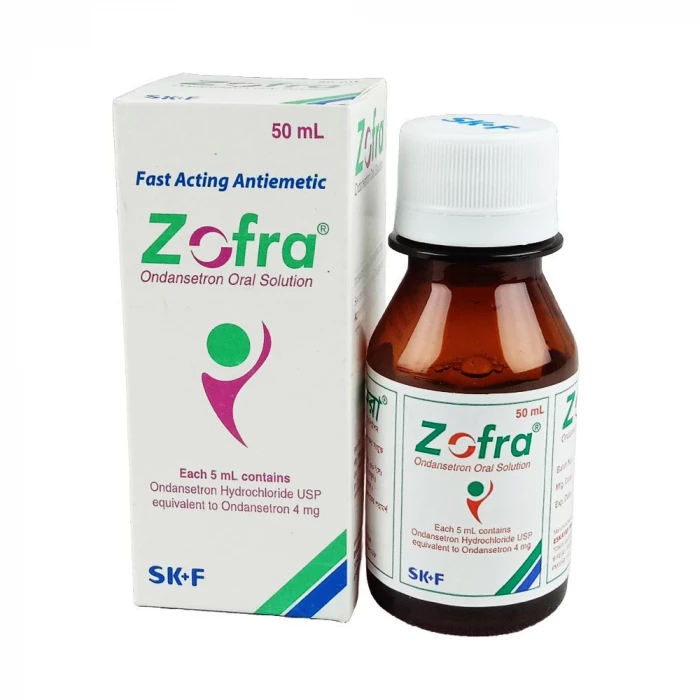
✔ 100% Authentic Product
👁️ Currently Viewing 3706
Zofra Oral Solution (Ondansetron) is an antiemetic medication that is commonly used to treat nausea and vomiting caused by medical conditions such as stomach upset. It is also used to prevent nausea and vomiting from surgery, cancer drug therapy, or radiotherapy.
Discount
Price: ৳ 43
MRP:
৳
45
5%
Off

100% Genuine Products, Guaranteed

Safe & Secure Payments, Always

Fast, Secure & Efficient Delivery

Proper Packaging
 Cash on Delivery - All over Bangladesh
Cash on Delivery - All over Bangladesh Regular Delivery - 12-24 Hours, Dhaka City* Charge Tk.39-59
Regular Delivery - 12-24 Hours, Dhaka City* Charge Tk.39-59 Regular Delivery - 24-48 Hours, Other Cities* Charge Tk.99-110
Regular Delivery - 24-48 Hours, Other Cities* Charge Tk.99-110
 ফ্রি ডেলিভারিঃ - ৯৯৯ টাকা+ অর্ডারে, ঢাকা
শহরে
ফ্রি ডেলিভারিঃ - ৯৯৯ টাকা+ অর্ডারে, ঢাকা
শহরে ফ্রি ডেলিভারিঃ - ২৯৯৯ টাকা+ অর্ডারে, ঢাকার
বাহিরে
ফ্রি ডেলিভারিঃ - ২৯৯৯ টাকা+ অর্ডারে, ঢাকার
বাহিরে
100% Genuine Products, Guaranteed
Safe & Secure Payments, Always
Fast, Secure & Efficient Delivery
Proper Packaging
 Cash on Delivery - All over Bangladesh
Cash on Delivery - All over Bangladesh Regular Delivery - 12-24 Hours, Dhaka City* Charge Tk.39-59
Regular Delivery - 12-24 Hours, Dhaka City* Charge Tk.39-59 Regular Delivery - 24-48 Hours, Other Cities* Charge Tk.99-110
Regular Delivery - 24-48 Hours, Other Cities* Charge Tk.99-110 ফ্রি ডেলিভারিঃ - ৯৯৯ টাকা+ অর্ডারে, ঢাকা
শহরে
ফ্রি ডেলিভারিঃ - ৯৯৯ টাকা+ অর্ডারে, ঢাকা
শহরে ফ্রি ডেলিভারিঃ - ২৯৯৯ টাকা+ অর্ডারে, ঢাকার
বাহিরে
ফ্রি ডেলিভারিঃ - ২৯৯৯ টাকা+ অর্ডারে, ঢাকার
বাহিরে
✅ Description:
Ondansetron is well absorbed and undergoes some first-pass metabolism in the gastrointestinal tract. The average bioavailability of healthy subjects was around 56%, and it increased slightly with the presence of food and higher doses, but not with antacids. Ondansetron has a volume of distribution of 1.92.6 L/kg, indicating that the majority of the drug is absorbed by human tissues. Red blood cells also transport circulating drugs. Plasma protein binding is 70%, and it can easily cross the membrane. The biotransformation pathway denotes that hydroxylation on the indole ring is the primary metabolic pathway, followed by glucuronide or sulfate conjugation. The liver extensively metabolizes ondansetron, which is excreted in urine (about 65%) and feces (35%). The half-life of plasma is 3.5 hours.
✔️ Uses of Zofra Oral Solution
- Used to manage nausea and vomiting induced by chemotherapy, radiotherapy and surgery
✔️ How does Zofra Oral Solution work?
Ondansetron works by blocking the action of a chemical in the body (serotonin) responsible for causing nausea and vomiting.
✔️ Side Effects of Zofra Oral Solution
The most common side effects were headache, constipation, and diarrhea, but they were all mild or moderate. A rash occurs in approximately 1% of patients receiving ondansetron for chemotherapy-induced nausea and vomiting. Redness or fever, hiccups, and abnormal liver enzymes have also been reported. There have also been reports of rare allergic reactions, bronchospasm, tachycardia, angina (chest pain), hypokalemia, and shortness of breath. The relationship between ondansetron and bronchospasm and allergic reactions is unclear. Extrapyramidal reactions are not present. It is a stand-alone ophthalmic crisis and other dystonic reactions for which there is no clear clinical evidence in rare cases. Except for headaches, the incidence of these events did not differ significantly between the ondansetron and placebo groups in the case of PONV.
✔️ Pharmacokinetics:
Ondansetron is a highly selective and effective 5HT3 receptor antagonist. The precise mechanism of action for nausea and vomiting control is unknown. Chemotherapy and radiation therapy can activate the vagus nerve afferent via the 5HT3 receptor, triggering the vomiting reflex and causing 5HT to be released in the small intestine. This reflex is prevented by ondansetron. When the vagus nerve afferent is activated, the posts area at the bottom of the fourth ventricle releases 5HT, which can also promote vomiting via a central mechanism. As a result, ondansetron's effect in the treatment of nausea and vomiting caused by cytotoxic chemotherapy and radiotherapy may be due to the antagonism of 5HT3 receptors in neurons located in the central and peripheral nervous systems. The mechanism of postoperative nausea and vomiting is unknown, but it may share a pathway with nausea and vomiting caused by cytotoxicity.
✔️ Dosage & Administration of Zofra Oral Solution
Chemotherapy-induced Nausea and Vomiting-
Adults/Geriatrics/Children over the age of 12:
- 30 mL of highly emetogenic cancer chemotherapy (24 mg) Ondansetron Oral Solution is taken 30 minutes before emetogenic chemotherapy begins.
Moderate emetogenic cancer chemotherapy:
- 10 mL (8 mg) of Ondansetron Oral Solution was given 30 minutes before emetogenic chemotherapy began. After 8 hours from the first dose, a second 10 ml dose should be administered. After chemotherapy, one 10 ml dose should be given twice a day (every 12 hours) for 1-2 days.
- 5 mL for children (4-11 years) (4 mg) Ondansetron Oral Solution should be taken 30 minutes before chemotherapy begins. The second and third doses should be taken 4 and 8 hours after the first. Following the completion of chemotherapy, a 5 mL oral solution should be administered three times per day (every eight hours) for 1-2 days.
Radiotherapy induced Nausea and Vomiting-
Adults/Geriatric/Child of 12 years or over:
- The recommended oral dosage of Ondansetron Oral Solution is 10 mL (8 mg) three times per day.
- For total body irradiation, 10 mL (8 mg) Ondansetron Oral Solution should be given 1 to 2 hours before each fraction of radiotherapy given each day.
- For single high-dose fraction radiotherapy to the abdomen, one 10 mL Ondansetron Oral Solution should be administered 1 to 2 hours before radiotherapy, with subsequent doses every 8 hours for 1 to 2 days after radiotherapy completion.
- For daily fractionated radiotherapy to the abdomen, administer 10 ml (8-mg) Ondansetron Oral Solution 1 to 2 hours before radiotherapy, with subsequent doses every 8 hours after the first dose for each day radiotherapy is given.
Nausea and vomiting after surgery-
- Adults/Geriatrics/Children over the age of 12: 20 ml (16 mg) (16 mg) Oral Ondansetron Solution 1 hour before anesthesia induction
✔️ Interaction
Ondansetron does not appear to induce or inhibit the liver's cytochrome P-450 drug-metabolizing enzyme system. Ondansetron is metabolized by hepatic cytochrome P-450 drug-metabolizing enzymes; therefore, inducers or inhibitors of these enzymes may affect Ondansetron clearance and, as a result, its half-life. Based on existing data, no dosage adjustments of Ondansetron are recommended for patients taking these medications.
✔️ Contraindications
Ondansetron oral solution is contraindicated for patients known to have hypersensitivity to the drug.
✔️ Pregnancy & Lactation
No carcinogenic effects were observed in the 2-year study in which oral ondansetron doses were as high as 10 and 30 mg/kg per day in rats and mice. In the standard mutagenicity test, ondansetron is not mutagenic. Daily oral ondansetron 15 mg/kg does not affect the fertility or general reproductive performance of male and female rats.
Reproduction studies were conducted in pregnant rats and rabbits, with daily oral doses as high as 15 and 30 mg/kg per day, respectively, and no evidence was found that ondansetron caused fertility or harm to the fetus. However, there are no adequate and well-controlled studies on pregnant women. Ondansetron is excreted in the breast milk of rats. Therefore, breastfeeding women should be cautious when taking ondansetron.
✔️ Pregnancy & Lactation
Patients who had previously experienced hypersensitivity to other selective 5-HT3 receptor antagonists have reported hypersensitivity reactions to this drug. Ondansetron is not a stomach or intestinal peristalsis stimulant. It should never be substituted with nasogastric suction. Ondansetron may be used to mask a progressive ileus and/or gastric distension in individuals who have had abdominal surgery or who have chemotherapy-induced nausea and vomiting.
✔️ Storage Conditions:
Store in a cool and dry place below 30ºC. Protect from light. keep out of reach of children.
⚠️Disclaimer:
At ePharma, we’re committed to providing accurate and accessible health information. However, all content is intended for informational purposes only and should not replace medical advice from a qualified physician. Please consult your healthcare provider for personalized guidance. We aim to support, not substitute, the doctor-patient relationship.




